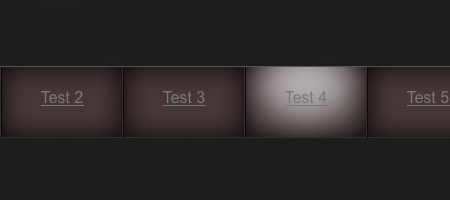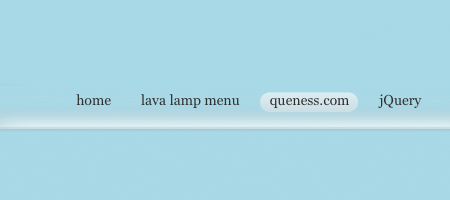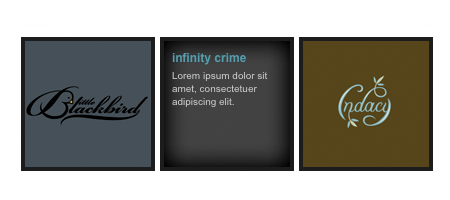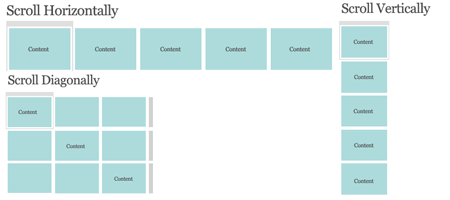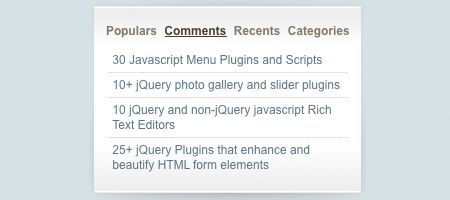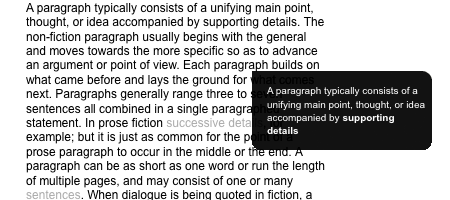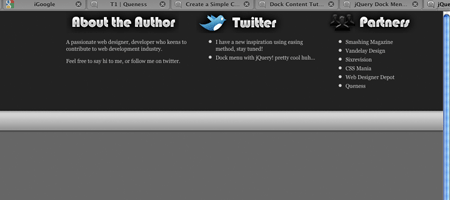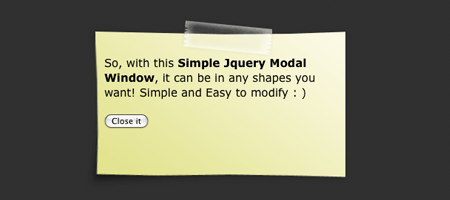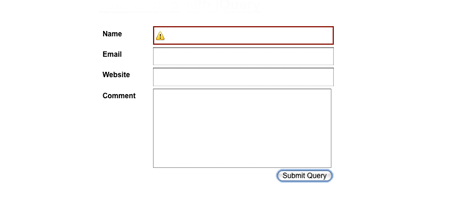The
number of web applications being created and used has grown rapidly
since the new millenium. And importantly, so has the sheer complexity of
them — specially on the front end. No more static pages, no sir!
You
have a ton of sections each interacting with each other and the server
and yes, it’s as complicated as it sounds and just as hard to pull off.
Today, I’d like to talk about a few, choice JavaScript frameworks that
aim to simplify front end application development.
Why We Need Frameworks Like These
If you think jQuery is the answer, you lose a cookie and get an F grade!
Creating responsive, fluid, and
maintainable
interfaces for web apps isn’t as easy as one would imagine — there is
data to be sent back to the server and the results parsed, data stores
to be updated, views to be re-rendered and so much else that needs to be
done in the background. Desktop developers have it much easier with
robust tools and well defined workflows. Us, poor web devs? We’ve been
twiddling DOM elements, creating models by hand and pulling our hair out
trying to keep everything synched.
The monstrous rise in the
number of web apps being built recently has really made it apparent that
we need better tools and frameworks and the devs have responded with a
staggering amount of solutions. Today, we’re going to go over just a few
of these. A couple of these are quite old but I’m certain you can learn
a lot from perusing their code base.
Sure, a few of these may be a little old but their code bases have lots of lessons to teach.
Sproutcore powers a lot of high profile apps including MobileMe amongst
others. Sproutcore has a steeper learning curve compared to the other
options but makes up for it with developer productivity once he/she has
learned the ropes.
This framework boasts a UI framework, the market standard MVC architecture and well written documentation.
Related links:
Cappuccino was created by the 280North team, now owned by Motorola.
This framework gained significant coverage with the release of the
280Slides — built completely with Cappuccino.
This framework
varies dramatically from the others in that a developers doesn’t need to
understand or work with any of the front end trifecta — HTML, CSS or
the DOM. All you need to master is the framework!
Related links:
Built on jQuery, JavaScriptMVC is a veteran in the front end frameworks
battlefield, dating back to 2008. Featuring a familiar, and obvious,
MVC architecture, this framework is quite full featured with support for
code generators, testing and dependency management.
Related links:
Luna is one of those hush-hush private frameworks that people have been talking about. And for good reason, I must admit.
The framework features a lot of niceties including an evolved MVC architecture, pubsub, caching, routing and authentication.
Related links:
Backbone supplies structure to JavaScript-heavy applications by
providing models with key-value binding and custom events, collections
with a rich API of enumerable functions, views with declarative event
handling, and connects it all to your existing application over a
RESTful JSON interface.
Related links:
qooxdoo is a universal JavaScript framework that enables you to create
applications for a wide range of platforms. With its object-oriented
programming model you build rich, interactive applications (RIAs),
native-like apps for mobile devices, light-weight traditional web
applications or even applications to run outside the browser.
Related links:
Spine is a lightweight framework for building JavaScript web
applications. Spine gives you a MVC structure and then gets out of your
way, allowing you to concentrate on the fun stuff, building awesome web
applications.
Related links:
ActiveJS is a JavaScript application framework that provides local and
REST based data modeling and pure DOM view construction with back button
and history support along with framework agnosticm and lack of external
dependencies.
Related links:
eyeballs.js is a slim javascript library designed to sit on top of a
javascript framework, such as jQuery or Prototype. eyeballs.js can sit
on top of an already implemented web app with a well thought out object
model. It can also be used to build standalone javascript apps, backed
by HTML5 local storage or something like CouchDB.
Related links:
Sammy.js is a tiny JavaScript framework developed to ease the pain and
provide a basic structure for developing JavaScript applications.
Sammy
tries to achieve this by providing a small ‘core’ framework and an
ever-growing list of plugins for specific functionality.
Related links:
Choco brings the MVC to the client side! A Choco app consists of only
one HTML page, all the interactions are managed by Javascript. Your UI
only uses HTML and CSS!
Related links:
Agility.js is an MVC library for Javascript that lets you write
maintainable and reusable browser code without the verbose or
infrastructural overhead found in other MVC libraries. The goal is to
enable developers to write web apps at least as quickly as with jQuery,
while simplifying long-term maintainability through MVC objects.
Related links:
Angular supports the entire development process, provides structure for
your web apps, and works with the best JS libraries. With angular, the
view and data model are always in sync — there is no need for manual DOM
manipulation.
Angular is small, weighing in at 60kb, is compatible with all modern browsers and works great with jQuery.
Related links:
Ext JS 4 brings a whole new way to build client applications, by
introducing the popular model-view-controller pattern to Ext JS. By
allowing the separation of data management, logic and interface
elements, Ext JS 4 makes it easier for even large development teams to
work independently without worrying about stepping on each other’s toes.
Ext JS 4 ships with a helpful MVC guide to get started.
Related links:
Knockout is a JavaScript library that helps you to create rich,
responsive display and editor user interfaces with a clean underlying
data model. Any time you have sections of UI that update dynamically
(e.g., changing depending on the user’s actions or when an external data
source changes), KO can help you implement it more simply and
maintainably.
Related links:
Jamal is a set of conventions and small javascript libraries to
archieve a complete separation of html, css and javascript in your web
application. Jamal is built on jQuery and inspired by MVC frameworks
like Ruby on Rails, CakePHP and its derivatives.
Related links:
PureMVC is a lightweight framework for creating applications based upon the classic Model, View and Controller concept.
Based
upon proven design patterns, this free, open source framework which was
originally implemented in the ActionScript 3 language for use with
Adobe Flex, Flash and AIR, is now being ported to all major development
platforms.
Related links:
The open source Junction framework is a conventions-over-configuration,
synchronizing web MVC framework for JavaScript. TrimPath Junction is a
clone or port of the terrific Ruby on Rails web MVC framework into
JavaScript.
Related links:
CorMVC is a jQuery-powered Model-View-Controller (MVC) framework that
can aide in the development of single-page, web-based applications.
CorMVC stands for client-only-required model-view-controller and is
designed to be lowest possible entry point to learning about single-page
application architecture.
Related links:
batman.js
is a full-stack microframework extracted from real use and designed to
maximize developer and designer happiness. It favors convention over
configuration, template-less views, and high performance by simply not
doing very much. It all adds up to blazingly fast web apps with a great
development process; it’s batman.js.
Related links:
That’s a Wrap!
And
we’re done here. The number of options here might border on overdoing
things at first glance but each of these are a little different in how
they tackle this problem and given a problem, different solutions and
choices are always a welcome addition.
As I mentioned earlier, if
you think a framework should be here but isn’t, just drop us a line
below and we’ll update this roundup accordingly. Thank you so much for
reading!


